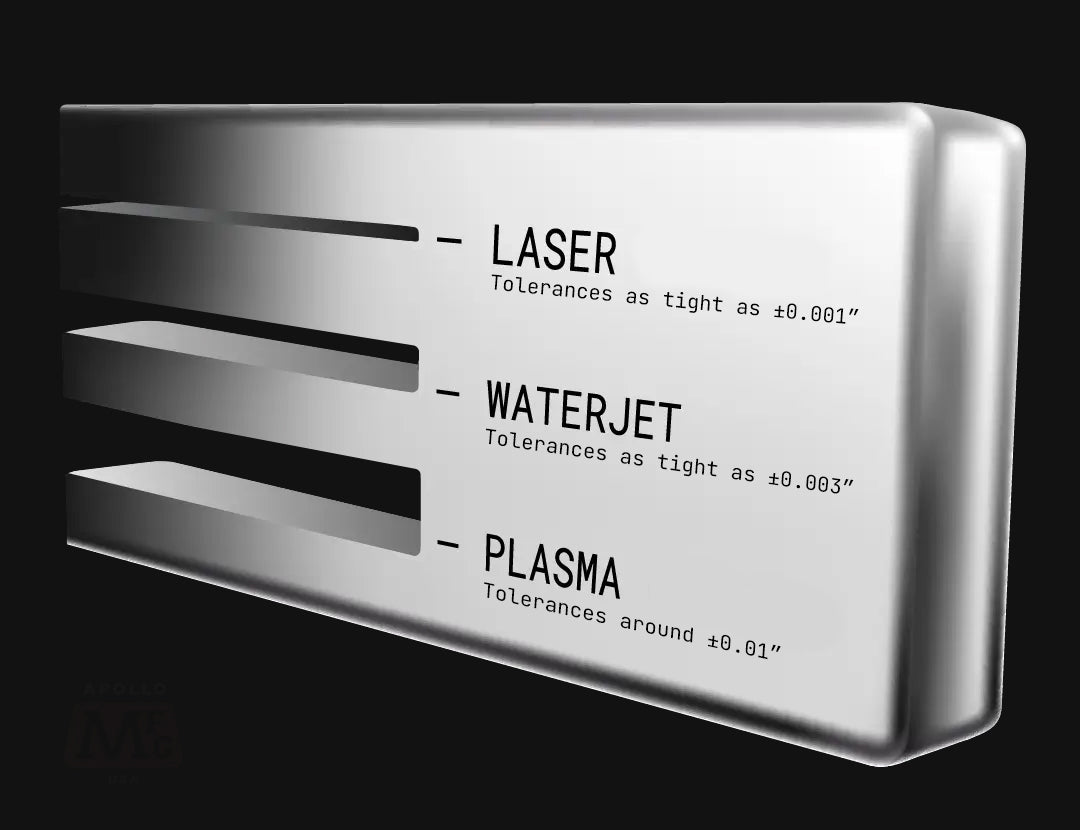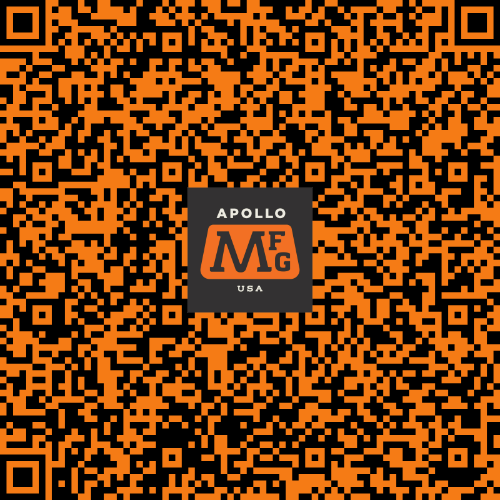
The Coloring Process
Share
How the Coloring Process Works? Coloring laser marking is a versatile and visually appealing technique used to create vibrant and colorful marks on metal surfaces. This method involves using specialized laser parameters and pigmented substances such as coatings or inks that react to the laser energy. The laser beam selectively heats the marking substance, causing it to bond with the metal surface and create a colorful mark. Coloring laser marking offers a wide range of design possibilities, allowing for the creation of intricate patterns, logos, multiple colors, and even gradients on metals.
One of the key advantages of coloring laser marking is its ability to produce visually striking and permanent marks. The pigmented substances used in the process create vibrant colors that stand out prominently against the metal background. This makes coloring laser marking an excellent choice for applications where aesthetics and branding are crucial, such as consumer electronics, jewelry, and luxury goods. The resulting marks are resistant to fading, ensuring long-lasting and visually appealing identification or decorative elements.
When it comes to laser marking choices, coloring offers excellent versatility and customization options. With precise control over laser parameters, it is possible to achieve different shades, intensities, and color combinations on the metal surface. This flexibility allows for the creation of unique and personalized marks. Whether it's a company logo, product information, or decorative artwork, coloring laser marking offers a high degree of creativity and customization.
Another benefit about coloring is that it’s a non-contact and non-destructive process which preserves the integrity of the metal part. This is because the laser beam does not physically touch the surface, minimizing the risk of surface damage or deformation. Coloring is a great option when working with delicate or sensitive materials that require precise marking without compromising their structural integrity. The non-contact nature of the process also ensures consistent and uniform color application, resulting in high-quality and visually appealing marks.
With its durability, resistance to fading, and non-contact process, it’s easy to see why it’s one of the top laser marking options in the consumer goods and jewelry industries.







